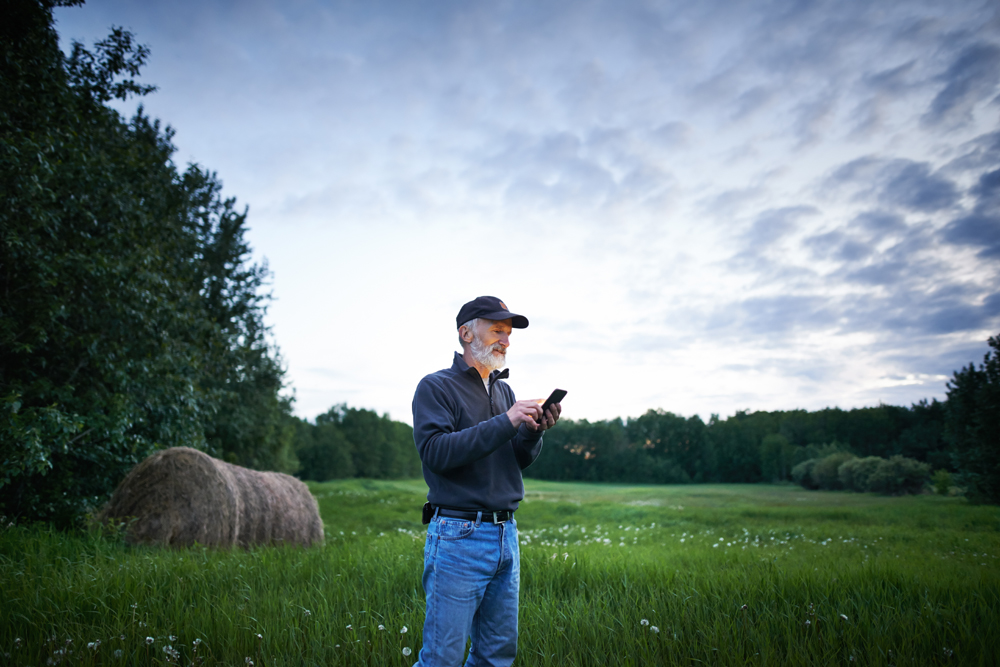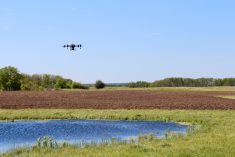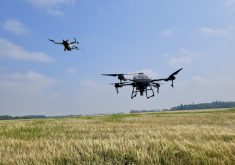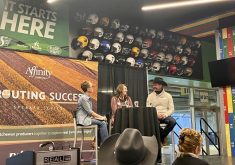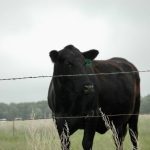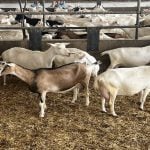Getting the most out of precision livestock technology can be daunting. Betty-Jo Almond says the best approach is to do the research, know what you want to accomplish and ensure whatever you choose fits your operation.
“The goal of these technologies is to make data capture easy so that you are better informed to help you make the decisions that you need to make — and make more money at the end of the day,” says Almond, the general manager of AgSights. Almond presented at the Grey Bruce Farmers Week Beef Day. AgSights is a not-for-profit co-operative that provides data capture and analysis tools to the food supply chain.
The tools
Read Also
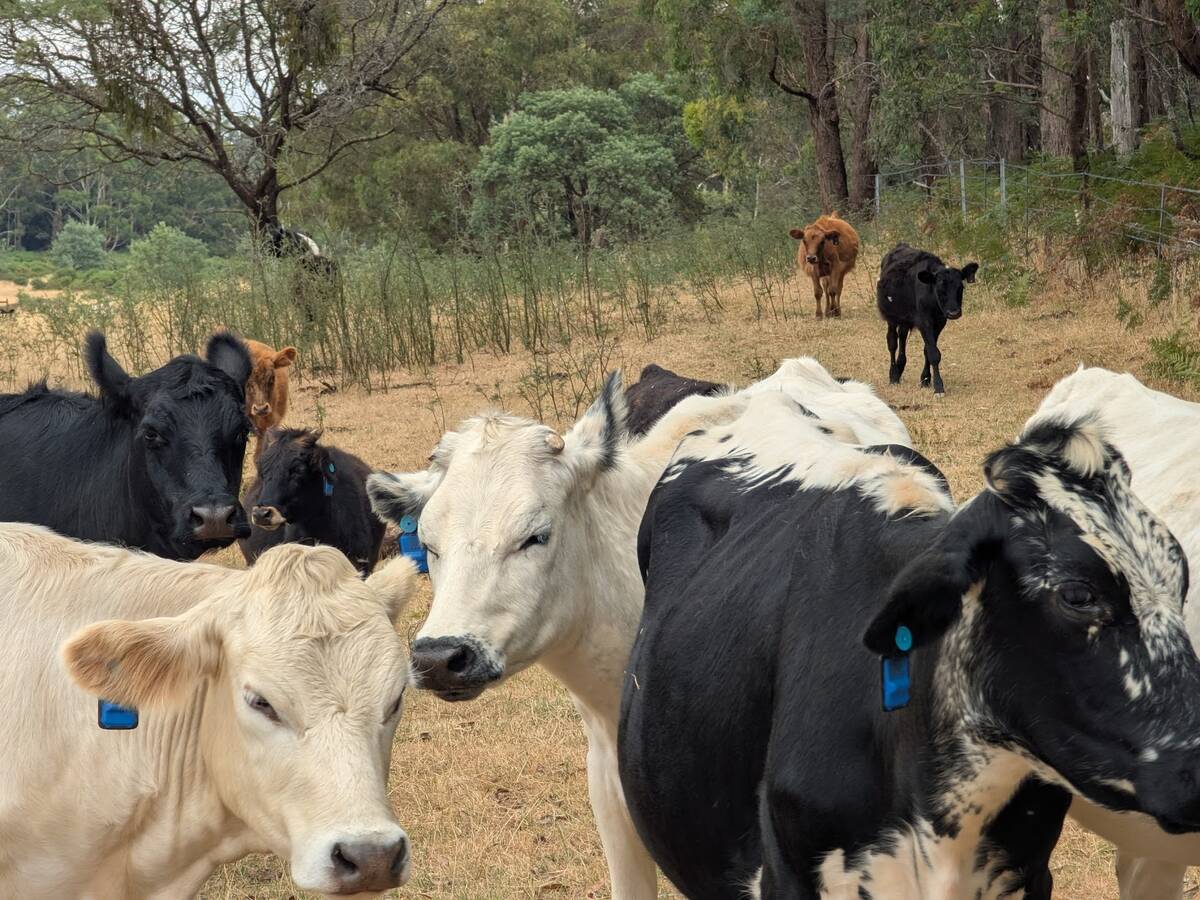
Australian company brings ear-tag tech to Canadian pastures
With Smart Paddock, beef farmers and ranchers can track their cattle through GPS technology
Almond outlined some of the tools currently available. There are livestock collars that have RFID and sensors that can take biometric scans of the animals — the information collected can then be turned into insight into management directions.
There are also RFID boluses, which are more prevalent in the dairy industry. The boluses are ingested by the cow and monitor rumen activity to warn of potential illnesses early.
Camera technology has taken two tracks. There’s a kind of facial recognition camera that notes marks on the animal’s body to identify it. The camera connects to the RFID tag and can track the animal and its movements. In this case, the camera tracks movement and can detect, for example, how often the animal lies down, or whether it’s limping.
The thermal imaging camera can detect whether an animal is in heat or is sick. A company called Alpha Phenomics has a 3D imaging machine that can also do weight measurements and calculate average daily gains.
Almond points out that all of these products have to go through a three-step process: proof of concept, validation and commercialization.
“These tools exist, they are there for your use,” she says. “The question is, when does it make sense to add them to your farm?”
Deciding what’s needed
Using the Eisenhower principle, a decision-making matrix that uses important, unimportant, urgent and not urgent filters, Almond demonstrated how the technology could help free up time and improve production.
The urgent and important tasks such as calving, breeding, health treatments and nutrition management can be better accomplished if the farmer has useful information coming directly from the cows early on.
The technology can also make tasks that are not urgent but important such as business planning, genetic improvement and record-keeping more easily and quickly done with accessible data.
She then listed several questions for the audience to consider when deciding on technology tools.
“What is your big-picture goal?” she asks, adding it’s a good idea to have it written down. “If the tool doesn’t get you where you want to go, it’s probably not the tool you need today.”
She says farmers should know what kind of information they should be collecting to achieve their goals. These are divided into mandated, needed and desired. For example, RFID is required by the government for all animals leaving the original herd, along with deadstock records, treatments, livestock movements and financials. The needed information includes herd productivity, data for culling decisions, selection criteria, feed inventory and rations, and mortality rate health records. The desired data could include pedigree tracking, performance records and genetic evaluations.
Almond advises producers to know how the tool would help them achieve SMART production targets: specific, measurable, achievable, relevant and time-bound. She says it’s important to have RFID tags attached to calves right after they’re born to take advantage of any of the newer technologies.
“How do you record information when you’re on the go?” she asks, noting that, to get the full value of information in, say, calving records, producers must be able to incorporate the technology into how they do their business.
Information security is something that should always be considered. Whether it’s copies of paper records, computer backups or cloud storage, producers should be asking questions about how the data is collected and used, who owns it and whether they can get it back out.
Adding value
Beyond collecting the data, Almond says the technology should create value.
“Data should produce insight and there’s software available that can do that for you,” she says. “If it’s good and working well, it should provide suggestions for action.”
She provided some examples of how the technology could help. For instance, a producer could select a cow because she has the highest adjusted weaning weight, cull a poor-performing cow, or see the need to talk to the nutritionist about increasing feed efficiency to reach an average daily gain of, say, two pounds a day.
Once the tool is selected, she says it’s important for producers to know they will continue using it. She notes sometimes the advantages of technology aren’t realized because they don’t get used enough — such as weigh scales or RFID readers. She suggests scheduling a time of day to check in with your technology.
“You don’t have to use all that some technologies offer all at once,” she says. “You can start simply, and tell yourself, ‘This is what I can handle today’ and move on from there.
“Make sure the technology gives a quick, easy way to monitor what’s going on and a way to compare one animal to another or one season to another.” Finally, she advises producers to ask the seller about technology support — and whether ongoing services are an added cost.
Almond points out her own organization’s BioTrack program offers a whole suite of solutions, but producers can start with one and grow into others over time. The tools include everything from simple inventory tracking to reproduction records and body condition scoring to genetic evaluations.
AgSights also has a system for small and medium-sized processors called BioLinks. It connects animal and premise identification information with the carcass and, finally, the finished meat product. It also includes an e-commerce option for selling meat online.

